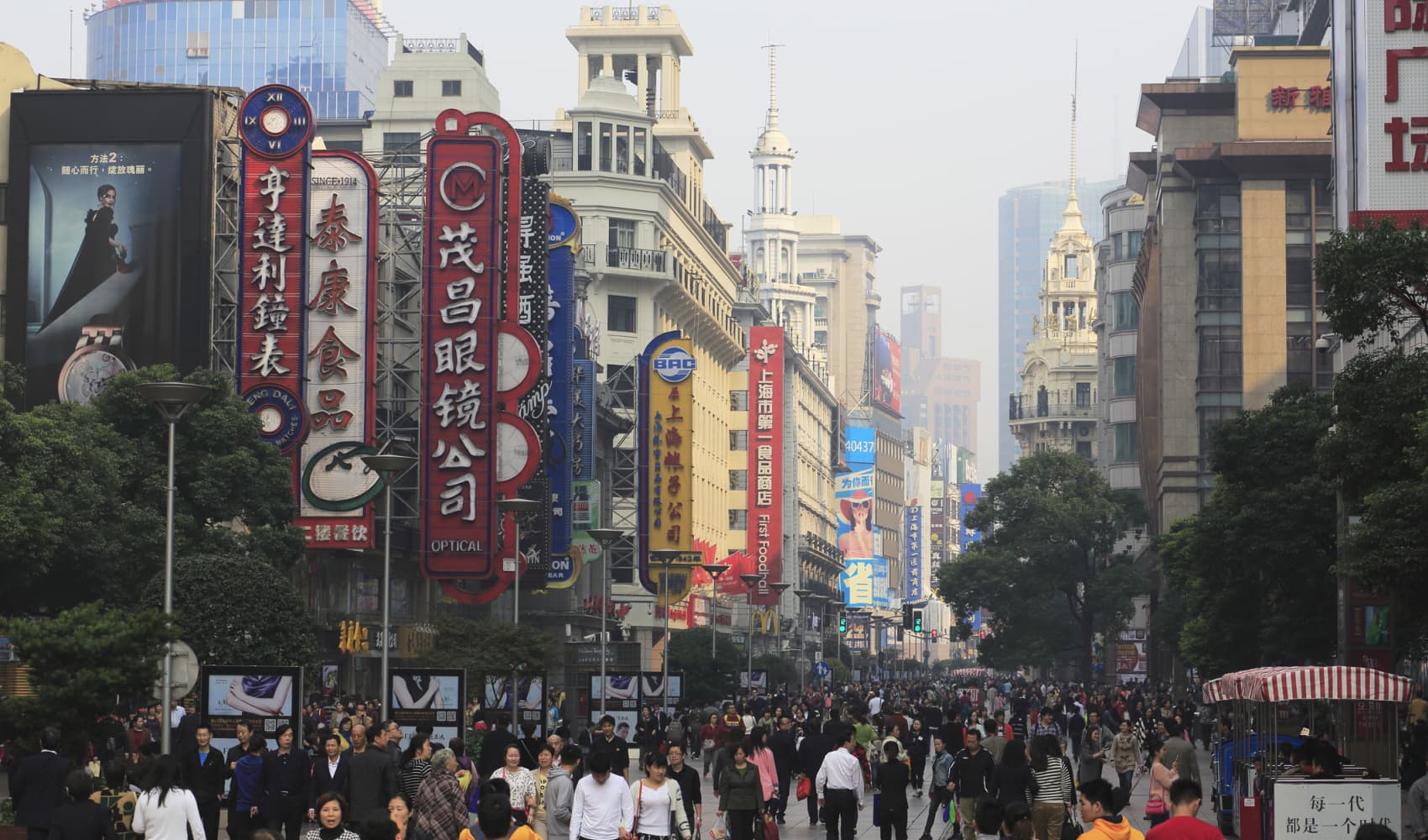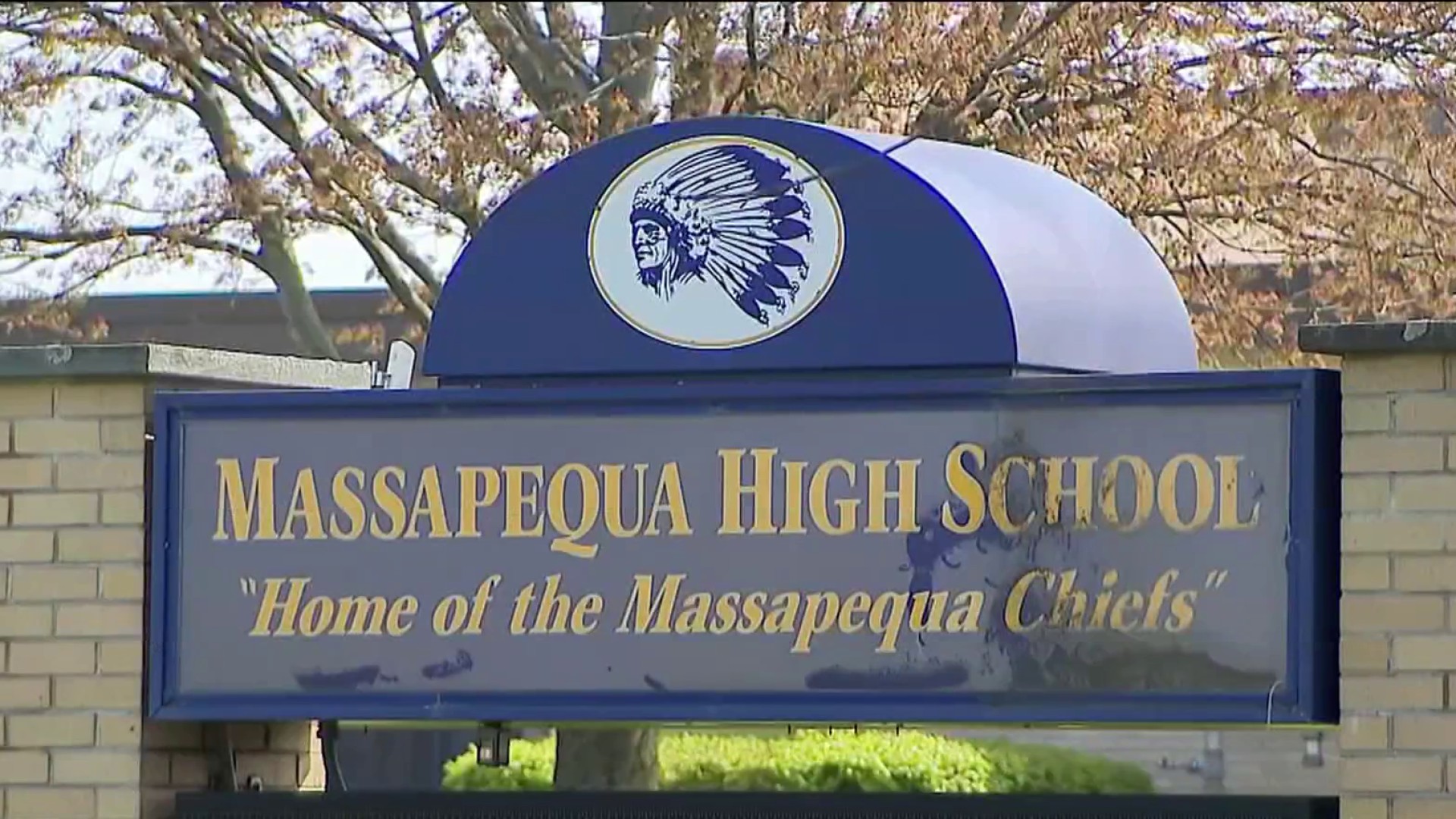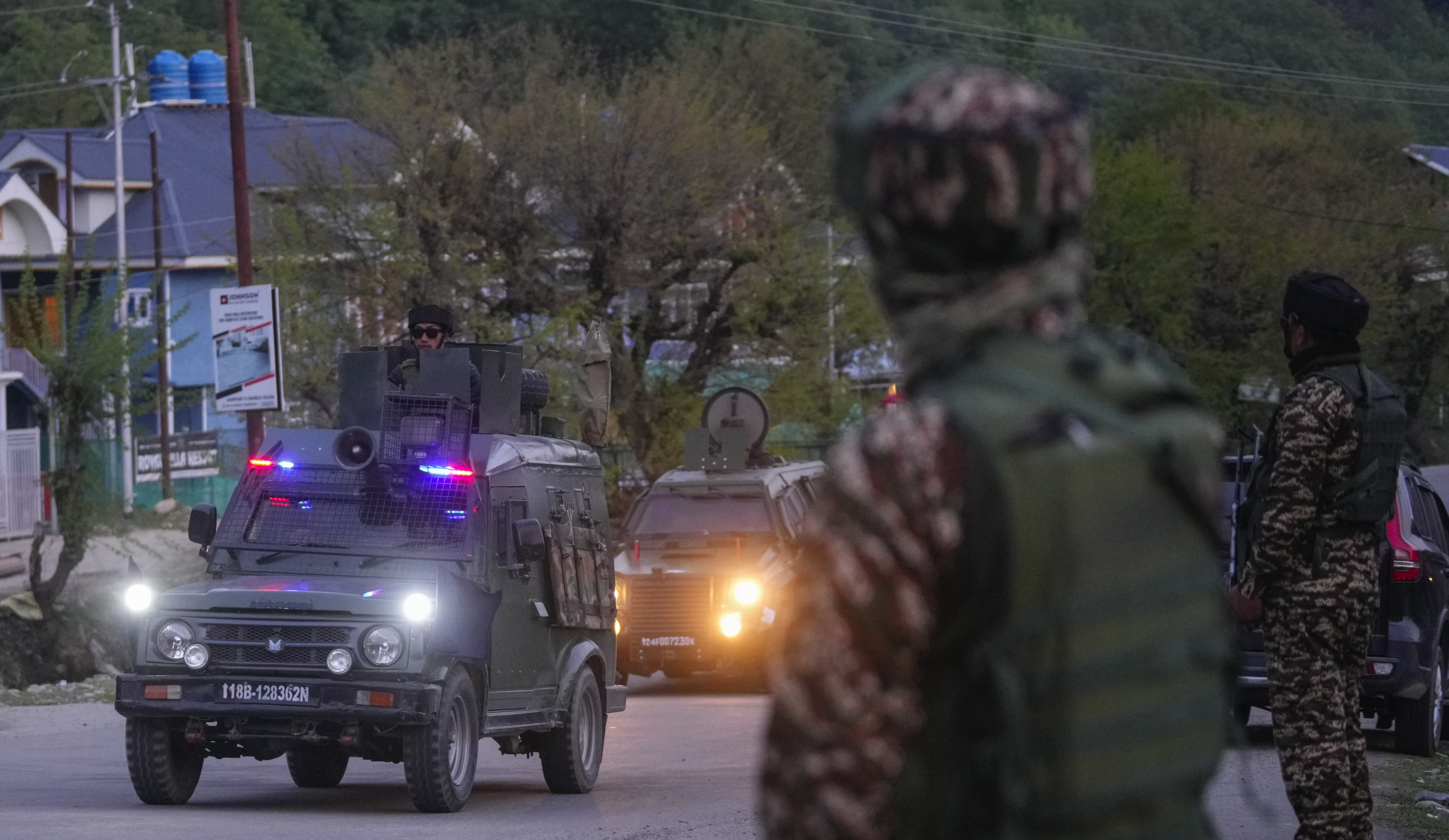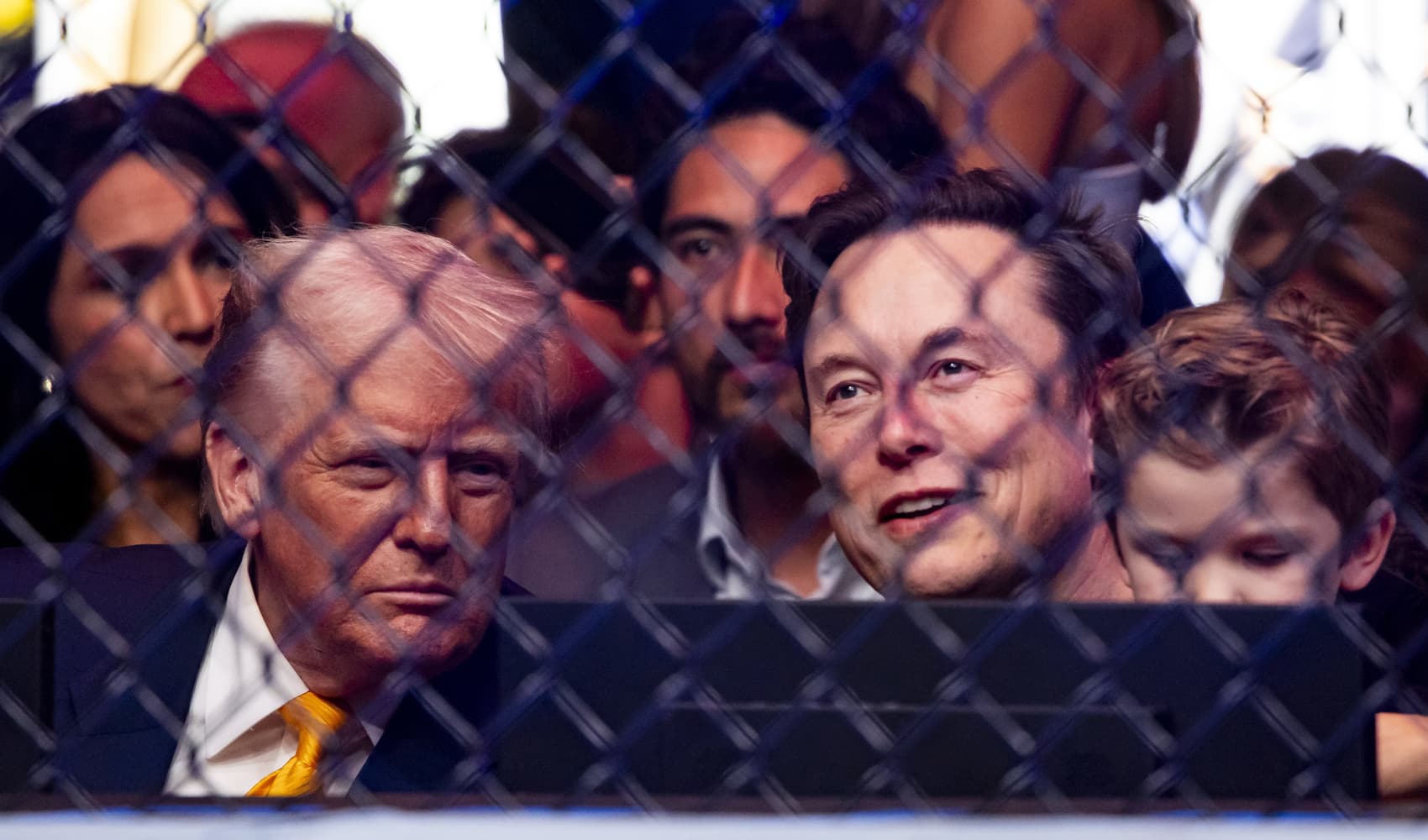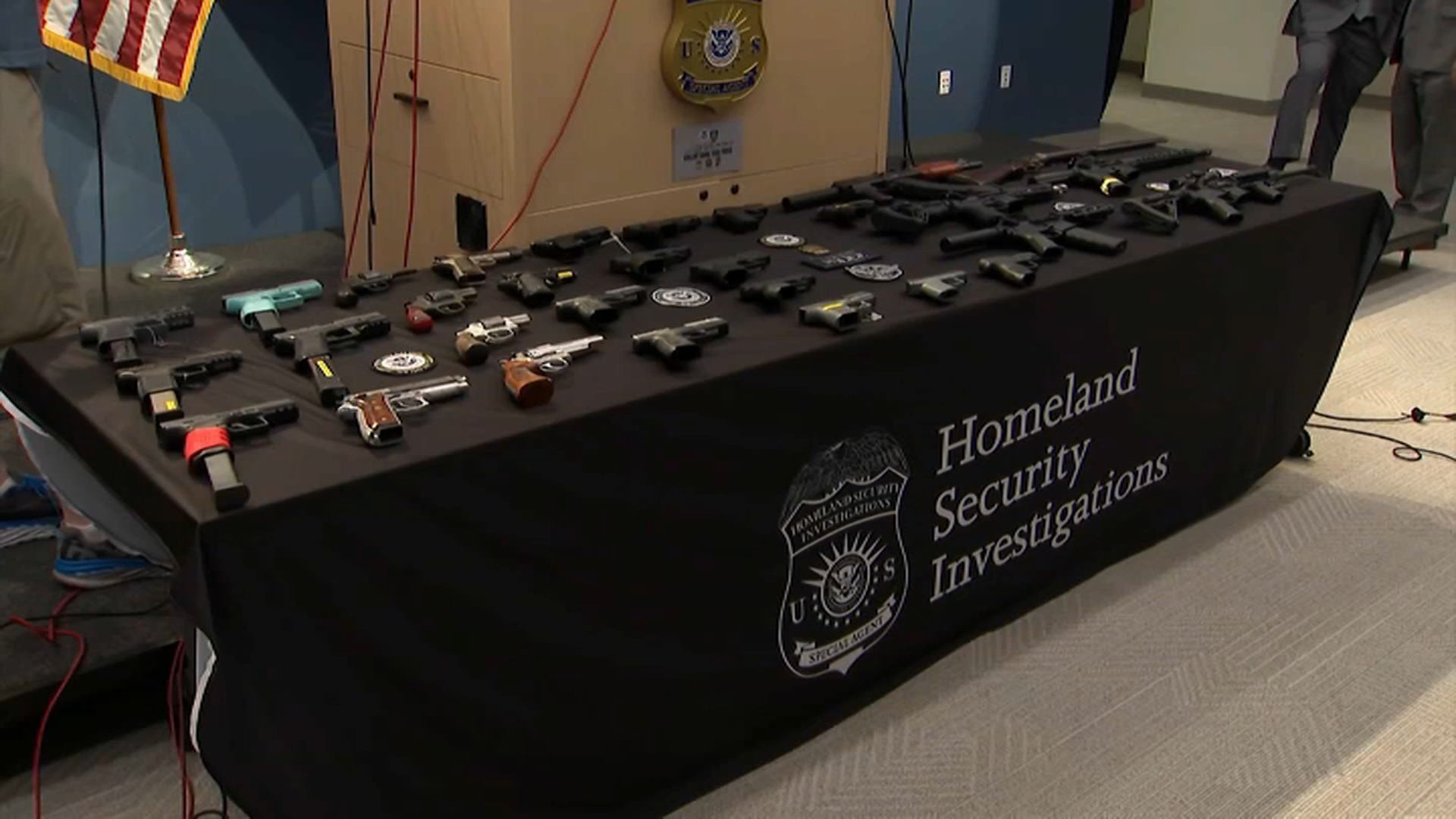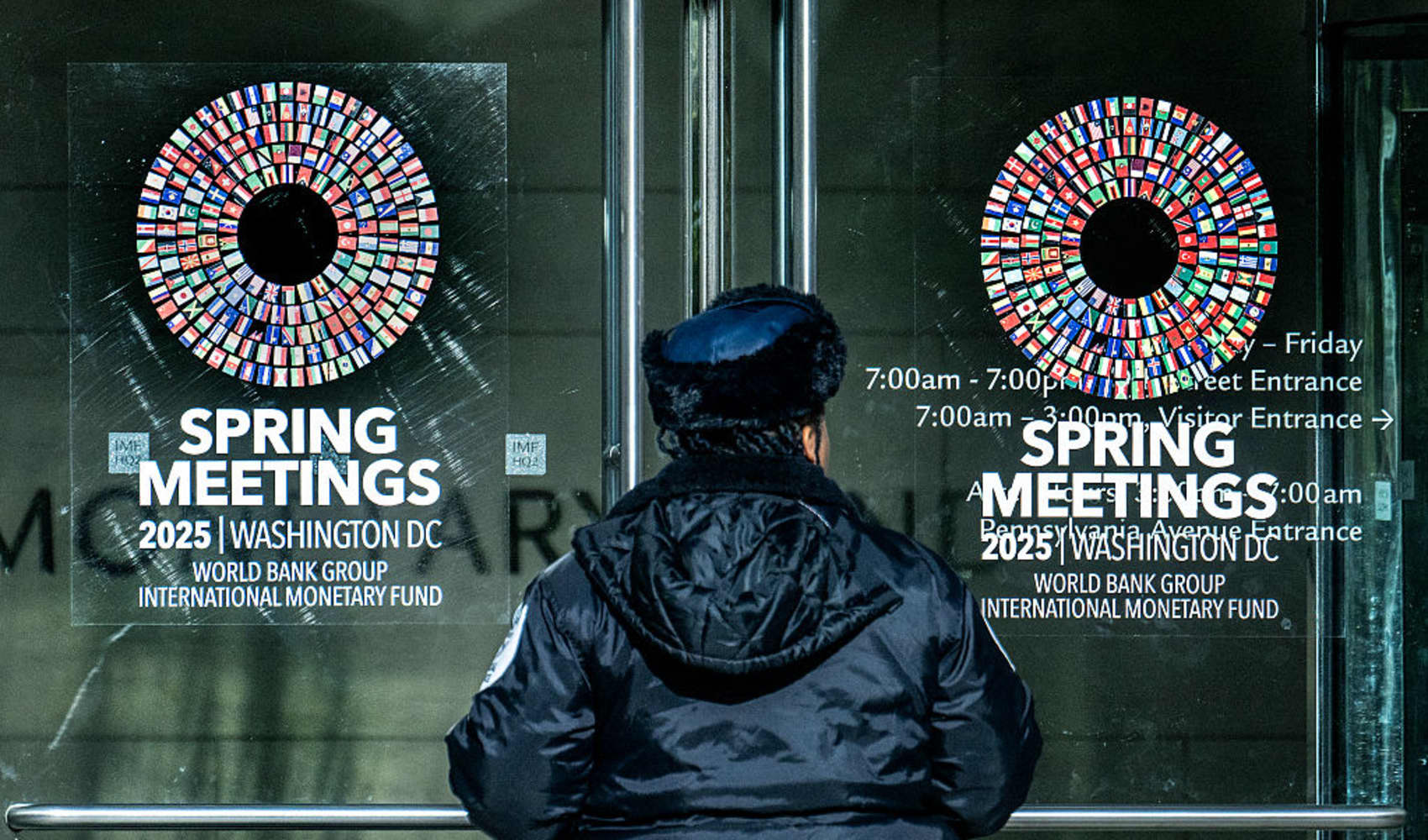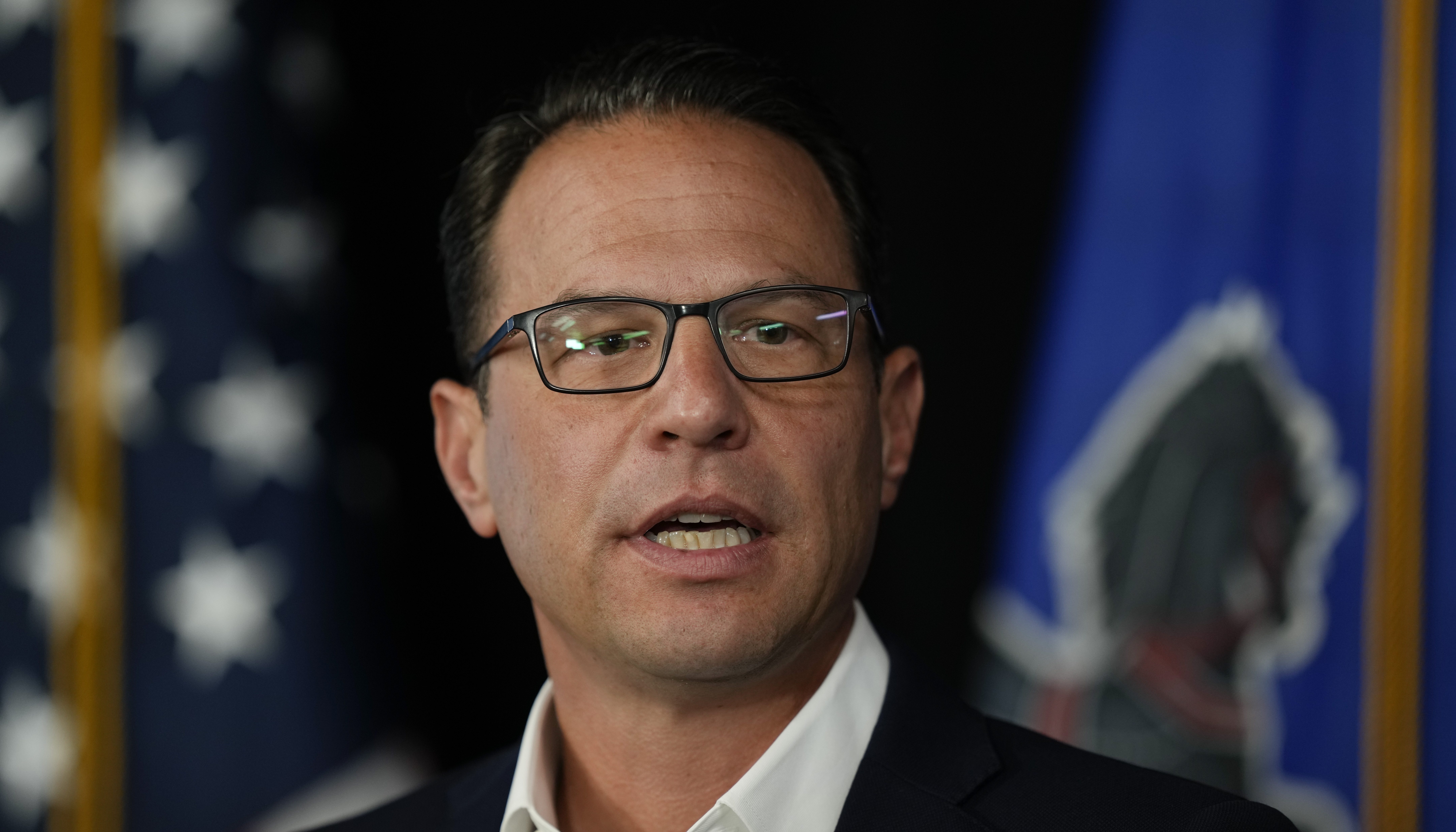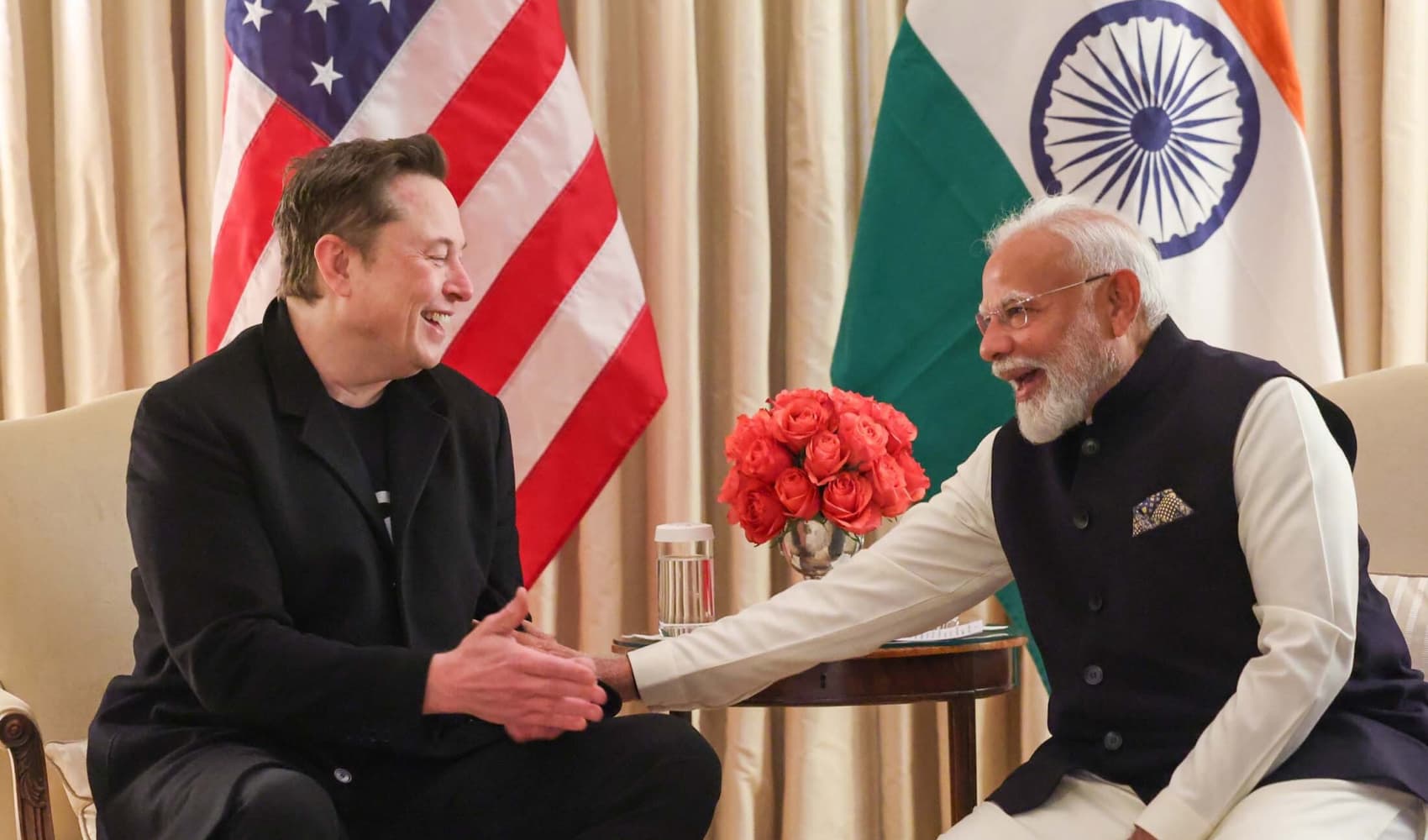Hong Kong Stocks Surge: Trade War Truce on the Horizon?
Hong Kong Stocks Soar: Is the U.S.-China Trade War Cooling Down?
Introduction: A Sigh of Relief in Asian Markets
Asia-Pacific markets breathed a collective sigh of relief Wednesday, witnessing a surge driven by renewed optimism surrounding U.S.-China trade relations. But is this just a fleeting moment of hope, or is there genuine cause for celebration? The catalyst, as always, lies in the whispers and pronouncements emanating from the global stage. And what's powering this surge? News from the U.S., specifically, comments from former President Donald Trump, suggesting a potentially less aggressive stance on tariffs. Let's dive in and unpack what this means for investors and the global economy.
Trump's Tariff Talk: A Dove or Just a Mirage?
Trump's remarks hinting at scaled-back tariffs on Chinese goods have acted as a major shot in the arm for Asian markets. He said final tariffs on Chinese exports to the U.S. "won’t be anywhere near as high as 145%," but also clarified that they "won’t be 0%." The market interprets this as an attempt to negotiate or possibly de-escalate trade tensions. But here's the big question: is this a genuine olive branch, or simply a tactical maneuver?
Reading Between the Lines: What Does it Really Mean?
Interpreting political statements can be tricky. Are we witnessing a genuine shift in policy, or is this just a way to maintain leverage in ongoing negotiations? Only time will tell. Investors, however, are cautiously optimistic, hoping that the worst of the trade war might be behind us.
Powell's Job Security: Calming the Nerves
Adding to the positive sentiment, Trump also stated he has "no intention" to fire Federal Reserve chair Jerome Powell before his term ends. This reassurance provided much-needed stability. Remember when speculation about Powell's job security sent shivers down investors' spines? This declaration is reassuring, suggesting that the Fed will be free to pursue policies without undue political pressure.
The Importance of Central Bank Independence
The independence of a central bank is crucial for maintaining economic stability. It allows the Fed to make decisions based on economic data, rather than political whims. Trump's statement alleviates some concerns about the Fed's independence being compromised.
Hong Kong Leads the Charge: Hang Seng's Impressive Gains
Hong Kong stocks spearheaded the regional rally, with the Hang Seng Index surging a significant 2.37% to close at 22,072.62. The Hang Seng Tech Index also participated in the enthusiasm, climbing 3.07% to 5,049.40. This substantial gain reflects Hong Kong's sensitivity to U.S.-China relations, as its economy is heavily reliant on trade with the mainland and the West.
Why Hong Kong is So Sensitive to Trade Tensions
Think of Hong Kong as the canary in the coal mine for U.S.-China relations. Its economy is deeply intertwined with both superpowers, making it highly susceptible to any shifts in trade policy. So, when Hong Kong stocks rally, it's often a strong indicator of improving sentiment.
Mainland China's Cautious Optimism: CSI 300 Holds Steady
While Hong Kong celebrated, Mainland China's CSI 300 index remained relatively flat, closing at 3,786.88. This muted response could be attributed to several factors, including internal economic considerations and a more cautious approach to interpreting Trump's statements. Perhaps Chinese investors are waiting for more concrete action before fully embracing the optimism.
The Difference in Market Reaction: Understanding the Nuances
Why the difference in reaction between Hong Kong and Mainland China? Different investor sentiments, different economic priorities, and perhaps a difference in how they interpret the news coming out of Washington. It's a reminder that even within the same region, markets can react very differently.
Japan Joins the Party: Nikkei 225 Rides the Wave
Over in Japan, the benchmark Nikkei 225 advanced 1.89%. (content truncated by source)
Other Asian Markets: A Region-Wide Boost
The positive sentiment rippled throughout the region, with most other Asian markets also experiencing gains. While the magnitude of the gains varied, the overall trend was clear: optimism is back on the menu.
A Rising Tide Lifts All Boats: The Ripple Effect of Trade Optimism
Imagine the Asian markets as a fleet of ships. When the tide of optimism rises, it lifts all the boats, even if some rise higher than others. This regional interconnectedness highlights the importance of U.S.-China relations for the entire Asian economy.
The Tech Sector's Enthusiasm: Fueling the Rally
The technology sector, particularly in Hong Kong, played a significant role in driving the rally. Tech companies, often heavily reliant on global supply chains, stand to benefit significantly from any easing of trade tensions. This is because trade wars often disrupt supply chains, increase costs, and create uncertainty, all of which are detrimental to tech companies.
Tech Stocks as Barometers: Gauging the Temperature of Global Trade
Think of tech stocks as barometers of global trade. When trade is flowing smoothly, they thrive. When trade is disrupted, they suffer. So, the strong performance of tech stocks is a good indicator that investors believe trade tensions are easing.
The Global Implications: Beyond Asia's Shores
The positive sentiment in Asian markets has implications far beyond the region's borders. A stable and growing Asian economy is crucial for global growth. Moreover, improved U.S.-China relations can lead to greater global cooperation on other important issues, such as climate change and global health.
The Butterfly Effect: How Asia's Markets Impact the World
Remember the butterfly effect? A small change in one part of the world can have a ripple effect across the globe. A surge in Asian markets, driven by optimism about U.S.-China relations, can boost investor confidence worldwide and contribute to global economic growth.
Risks Remain: Proceed with Caution
Despite the optimism, it's important to remember that risks remain. Trade tensions can flare up again at any time. Economic data can change. Political landscapes can shift. Investors should proceed with caution and avoid getting carried away by short-term market movements. The market can be a fickle mistress, and today's gains can quickly turn into tomorrow's losses.
Don't Throw Caution to the Wind: Staying Grounded in Reality
While it's tempting to get caught up in the excitement of a market rally, it's crucial to remain grounded in reality. Trade tensions are complex and unpredictable, and it's important to stay informed and make investment decisions based on sound analysis, not just emotion.
The Long Game: Investing for the Future
Ultimately, investing is a long game. Short-term market fluctuations are inevitable, but it's important to focus on long-term goals and invest in companies and sectors that are well-positioned to thrive in the future. This might mean investing in companies that are less vulnerable to trade tensions, or diversifying your portfolio to reduce risk.
Planting Seeds for Tomorrow: A Long-Term Perspective
Think of investing as planting seeds for the future. Some seeds will sprout quickly, while others will take longer to grow. The key is to choose the right seeds and nurture them over time.
Looking Ahead: What to Watch For
Moving forward, it's important to keep a close eye on several key developments. Monitor further statements from U.S. and Chinese officials regarding trade. Pay attention to economic data from both countries. And be aware of any geopolitical events that could impact the relationship between the two superpowers. The road ahead is likely to be bumpy, but staying informed is the best way to navigate it.
Staying Vigilant: Keeping Your Finger on the Pulse
Staying vigilant is key. Keep your finger on the pulse of global events, and be prepared to adjust your investment strategy as needed. The market is constantly evolving, and successful investors are those who can adapt to change.
Conclusion: A Ray of Hope, But Don't Get Sunburned
The surge in Hong Kong stocks, driven by hopes of de-escalation in U.S.-China tensions, offers a welcome ray of hope. However, it's important to remember that optimism is not the same as certainty. Risks remain, and investors should proceed with caution. While the immediate outlook is positive, it's crucial to maintain a long-term perspective and invest in companies that are well-positioned to weather any future storms. Think of it as enjoying a sunny day at the beach – it's great to soak up the warmth, but don't forget to wear sunscreen! The market is cyclical and can change at any time, so investing strategically and staying informed is critical.
Frequently Asked Questions
Here are some frequently asked questions about the recent market activity and U.S.-China trade relations:
- What caused the recent surge in Hong Kong stocks?
The primary driver was optimism surrounding potential de-escalation in U.S.-China trade tensions, sparked by comments from former President Donald Trump indicating a less aggressive stance on tariffs. - Is the U.S.-China trade war over?
While there's been some positive movement, it's too early to declare the trade war over. Tensions could still resurface. - How does Hong Kong's market performance affect other Asian economies?
Hong Kong's performance serves as an indicator of regional sentiment and influences investor confidence across Asia due to its significant role in regional trade and finance. - What are the risks associated with investing in Asian markets right now?
Key risks include the potential for renewed trade tensions, fluctuations in global economic growth, and geopolitical instability. - What sectors are likely to benefit most from improved U.S.-China relations?
Sectors heavily reliant on global supply chains, such as technology, consumer discretionary, and industrials, are likely to benefit the most.
